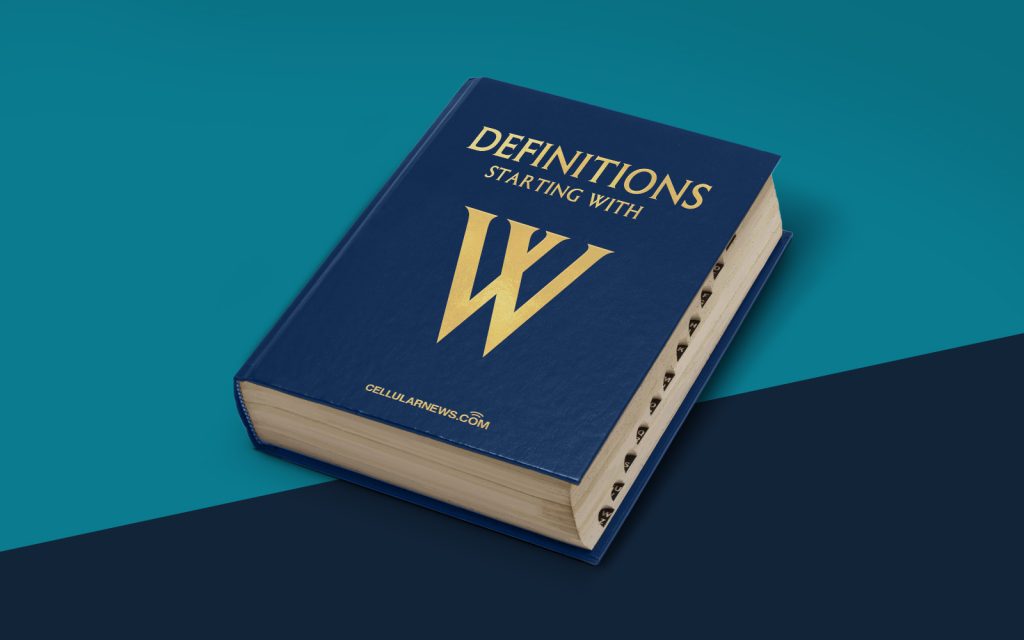
Defining Windows Imaging Format (WIF)
Have you ever wondered what Windows Imaging Format (WIF) is and how it is relevant in the digital world? Look no further! In this blog post, we will dive into the world of WIF and provide you with a detailed understanding of what it is, its significance, and its applications. So, let’s get started!
Key Takeaways:
- Windows Imaging Format (WIF) is a file-based disk imaging format developed by Microsoft.
- WIF allows users to capture, store, and deploy system images using a single file format.
Windows Imaging Format, commonly known as WIF, is a file-based disk imaging format developed by the renowned tech giant, Microsoft. It provides the ability to capture, store, and deploy system images using a single file format, simplifying the process and making it more efficient. The main idea behind WIF is to encapsulate an entire operating system, including system files, applications, and configurations, into a single disk image file.
Here are some key points to understand the significance of Windows Imaging Format:
- Efficient Deployment: WIF streamlines the process of deploying operating systems to multiple devices, allowing for faster and more efficient deployment. With WIF, system administrators can easily create a single system image and deploy it across various computers.
- Reduced Storage Space: By compressing the system image, Windows Imaging Format helps reduce the required storage space, thereby optimizing disk usage. This is particularly beneficial for organizations with a large number of computers to manage and limited storage capacity.
- Customization Flexibility: WIF supports the inclusion of various configurations, applications, and drivers in the system image, giving system administrators the flexibility to customize the deployment according to their specific requirements. This enables the rapid deployment of preconfigured systems tailored to individual needs.
- Compatibility: WIF is compatible with various Windows operating systems, making it a versatile and widely adopted format by businesses and organizations.
Windows Imaging Format (WIF) offers a range of benefits, such as efficient deployment, reduced storage space, customization flexibility, and compatibility. It has become an indispensable tool for system administrators seeking streamlined and effective ways to manage and deploy operating systems across multiple devices.
In conclusion, Windows Imaging Format (WIF) simplifies the process of capturing, storing, and deploying system images, providing a convenient and efficient solution. Whether you’re a system administrator or just curious about the inner workings of Windows systems, understanding WIF will undoubtedly enhance your knowledge in this exciting field.
